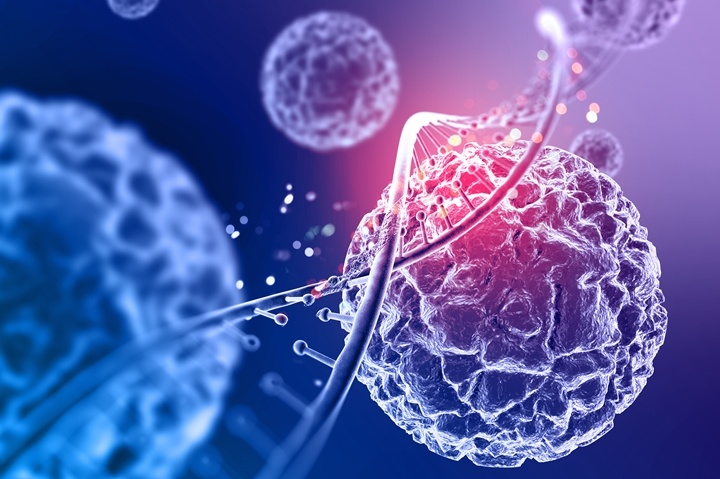
Researchers in the United States have shared preliminary findings of two studies that could lead to a stem cell gene therapy for Angelman Syndrome. The findings were recently revealed at the 2018 Society for Neuroscience annual meeting held in San Diego, California.
Angelman syndrome is a rare genetic condition that causes developmental disorders and a variety of nerve-related symptoms. Children born with this disorder typically begin exhibiting noticeable symptoms when they are between six to 12 months old. This usually includes difficulty in crawling, talking, or balancing. They may also smile and laugh less frequently compared to infants without the condition.
Other symptoms that often occur can include speech impairments, short stature, intellectual disabilities, seizures, sleep disorders and drooling.
Children with Angelman syndrome have a mutation on the copy of the UBE3A gene, which is inherited from their mother. The gene’s paternal copy does not have the mutation, but is silent. Various research projects have attempted to insolence the paternal gene so a healthy gene is available.
A 2016 study found a protein that is capable of un-silencing the paternal UBE3A. It works by blocking the expression of the genetic fragment that causes the gene to become silent. Using mouse trials, the researchers determined that the protein could cross the blood-brain barrier and boost UBE3A expression. However, to use this method, the patient would require frequent infusions of the protein or pills containing very large amounts of the refined protein.
Researchers in the United States began looking for a better way of un-silencing this gene. They decided to use modified mesenchymal stem cells (MSCs) to produce the protein within the body. MSCs are powerful multipotent stem cells which are found in umbilical cord blood and bone marrow.
The modified stem cells began boosting UBE3A paternal expression 3 weeks after being injected into the brains of mice with Angelman syndrome. The boost to protein production appeared to continue for approximately 6 weeks then began dropping by the 10 week mark. Researchers suspect that the effect wore off because the transplanted MSCs only survived in the body for a short period.
The research team is now trying to make modifications to the protein to allow it to persist in the body even after the transplanted stem cells have ceased to exist. If successful, the researchers could have a viable cure for Angelman syndrome within the next few years.
Source: Stem cells could deliver gene therapy for Angelman syndrome
{{cta(‘d62560c2-336a-4f88-9683-44a37a5bd7fd’)}}


